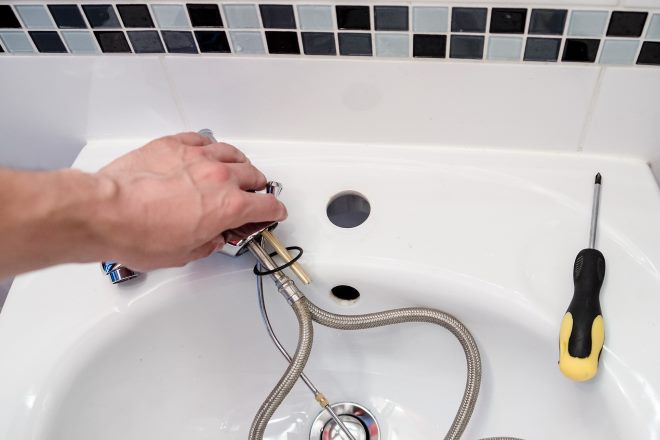The Remarkable Health Effects of Earthing: A Deep Dive into Grounding
Are you familiar with grounding or earthing? This simple yet powerful health strategy involves connecting directly with the Earth's surface to harness its healing potential. It's a topic that's been emerging in scientific discussions but hasn't fully entered the mainstream conversation. Let’s delve into the fascinating world of earthing, exploring its origins, the science behind it, and how it can benefit your health and well-being.

The Roots of Earthing
Although modern science is only recently recognizing the health advantages of grounding, the practice itself is far from new. Indigenous cultures around the world have long understood the power of earth-based healing. From walking barefoot to sleeping on the ground, these ancestral practices have been passed down generations, forming a rich tapestry of traditional wisdom. It wasn’t until the last few decades that scientists started to examine the potential health benefits of these practices formally.
Unearthing the Science
Recent studies have begun to shed light on the potential health benefits of grounding. The Earth’s surface is brimming with negatively charged electrons that your body can absorb when in direct contact. Some researchers suggest that these electrons could neutralize harmful free radicals in your body, reducing inflammation, oxidative stress, and other health issues.
Grounding in Practice
Grounding is as simple as it sounds: you connect your bare skin directly to the Earth. This can be achieved by walking barefoot on the grass, sand, or soil, or even swimming in natural bodies of water. However, the modern lifestyle often keeps us separated from the Earth’s surface, limiting the opportunities for natural grounding. Fortunately, there are grounding mats and sheets available that can help you practice earthing indoors.
The Benefits and Challenges
There’s a growing body of evidence suggesting that grounding can contribute to improved sleep, reduced pain, decreased stress, and enhanced immune response. However, it’s important to note that more research is needed to fully confirm and understand these benefits.
One of the main challenges of grounding is that it requires direct contact with the Earth, which might not always be possible due to lifestyle or geographical limitations. That’s where grounding devices can come in handy, though their effectiveness compared to natural grounding is still being investigated.
Grounding: Facts and Tips
-
Grounding is not a substitute for medical treatment. It should be used as a complementary wellness practice.
-
The best grounding surfaces are grass, sand, soil, and concrete. Asphalt, wood, rubber, and vinyl are not effective for grounding.
-
Grounding devices can offer a practical solution for indoor grounding. These include grounding mats, sheets, and bands.
In conclusion, earthing presents a fascinating intersection of ancestral wisdom and modern science. While more research is needed, preliminary findings suggest that this simple practice could offer significant health benefits. By reconnecting with the Earth, we might not only enhance our physical health but also foster a deeper sense of connection with the natural world, promoting holistic wellness. Despite its challenges, grounding can be a worthwhile addition to your health and wellness journey, whether you choose to walk barefoot in your backyard or use a grounding device at home.




